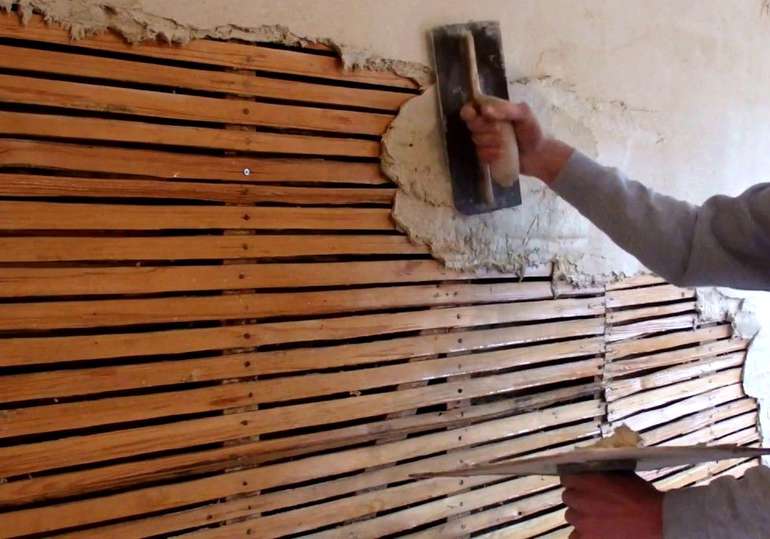

I would love to insert couple of pictures I took if it would help you see what I mean, but I don't know how. I don't think I can put up the surround without replacing the layer I removed because the surround would either have to go inside where I cut out leaving a very ugly unfinished drywall edge, or overlapped onto the finished wall and then there would be no support where the half inch of drywall was removed. This seems excessive to me, and this is why I am worried that the vapor barrier was somehow trapping moisture between the drywall and the tub surround. The silicone on the old tub surround was pretty degraded where it meets the tub, so I am thinking that is how the drywall behind it got wet, but I cut out the entire first layer of the back wall about 3 feet up from the tub and it was all wet to the point that there was mold on the polly that was between the 2 layers.
Drywall over lath and plaster how to#
you seem to be the only one that has an idea of how to help me. Jim, I want to thank you for all your help. sorry this was so long, but I am at a loss and need help! Should this vapor barrier be there, or should I remove it and screw the drywall right to the plaster like the other two inside walls? Could I then use a vapor barrier primer on the greenboard to seal everything before installing the tub surround just to insure no future water penetration? That way you will partially cut into the top lathe and partially into the bottom lathe board. Only cut one lathe board, center your box on it. When you cut the hole for the old work box, dig a small hole first and find the wooden lathe. The tub is on an outside wall, and the person that did this put a vapor barrier between the old plaster and the new drywall only on the outside wall and this was also the wettest of the 3 walls. NoBot said: Good advice from A Little Short. However, here is the big question that I have. I think we will just re drywall the cut out spots with greenboard and reinstall a new plastic tub surround. We do not want to get into tearing all the lath and plaster down to the studs and starting over even though that is probably what you all will suggest. Upon cutting into the drywall (which is just plain old drywall) to remove it, I discovered the original lath and plaster walls are still behind the drywall! We removed the drywall layer about 3 feet up from the tub until the wall felt dry, and the walls behind the drywall look and feel to be in good shape. I expected to find some wall damage, but did not expect to find what I did. My wife and I just bought a 1930 house that has been completely renovated inside in 2007, however the plastic tub surround was not installed properly and there was quite a bit of splitting of the silicone where the tub surround meets the tub. Back in the 1970s many lath and plaster homes added blown-in insulation. In fact, in many older homes, the insulation can be crumpled newspaper.

/Plaster-and-Lath-Walls-96322284-58a4b38a5f9b58819cf9e65b.jpg)
This is my first post, and I believe it may be a doozie! While plaster offers increased R-value over drywall (it actually has an R-value twice that of sheetrock) older homes with lath and plaster rarely contain adequate insulation.


 0 kommentar(er)
0 kommentar(er)
